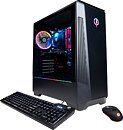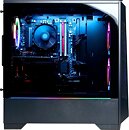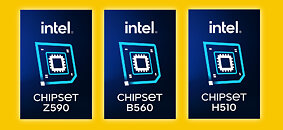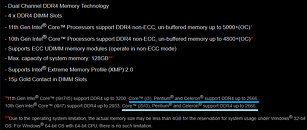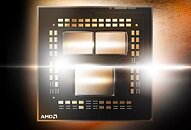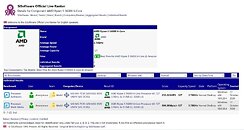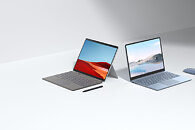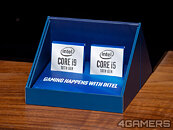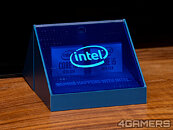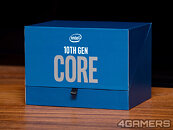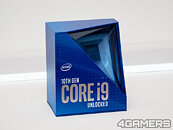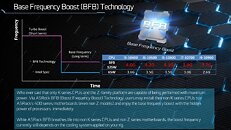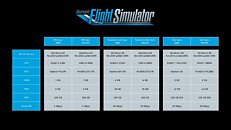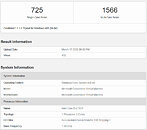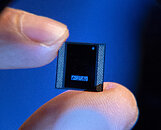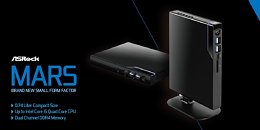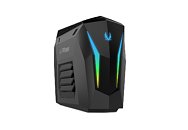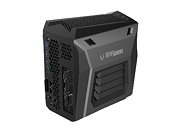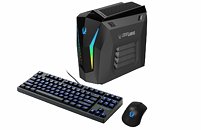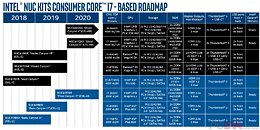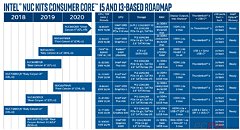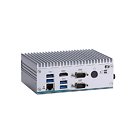
Intel is Preparing "F" Models for Alder Lake Processors Without Integrated Graphics
Intel's upcoming Alder Lake processor family is set to bring a mixture of big and little cores, combined into one package designed for the hybrid way of computing. Alongside the CPU cores, Intel is also etching integrated graphics into the Alder Lake silicon. However, according to Komachi (@KOMACHI_ENSAKA), there will be Alder Lake SKUs that don't feature a working integrated GPU. Just like we witnessed Intel produce "F" models for its past few generations of Core processors, we could see a re-appearance of the F SKUs with Alder Lake as well. In the leaked listing, Komachi notes the appearance of Intel Core i5-12600KF, Core i7-12700KF, and Core i9-12900KF.
All of the listed models are overclockable SKUs, just with their integrated graphics disabled. Just like the previous generation, Intel decided to introduce this SKU, giving customers a few benefits with the non-functional iGPU. As there is no GPU to produce heat, overclocking efforts could be much better on the "F" SKUs. In addition to that, these SKUs could be a bit cheaper compared to the regular models, saving the buyers some spare cash if they are going to purchase a 3rd party dedicated GPU anyway.
All of the listed models are overclockable SKUs, just with their integrated graphics disabled. Just like the previous generation, Intel decided to introduce this SKU, giving customers a few benefits with the non-functional iGPU. As there is no GPU to produce heat, overclocking efforts could be much better on the "F" SKUs. In addition to that, these SKUs could be a bit cheaper compared to the regular models, saving the buyers some spare cash if they are going to purchase a 3rd party dedicated GPU anyway.



